
Nicolaus Nut Company—NicNut Farms
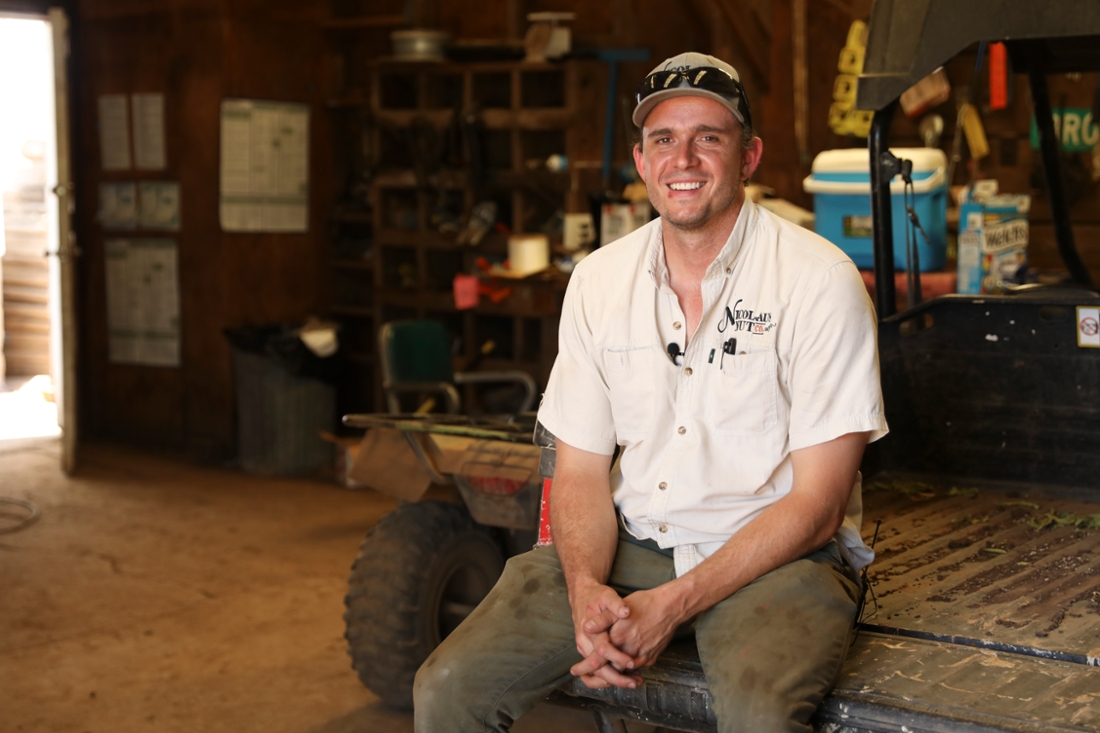
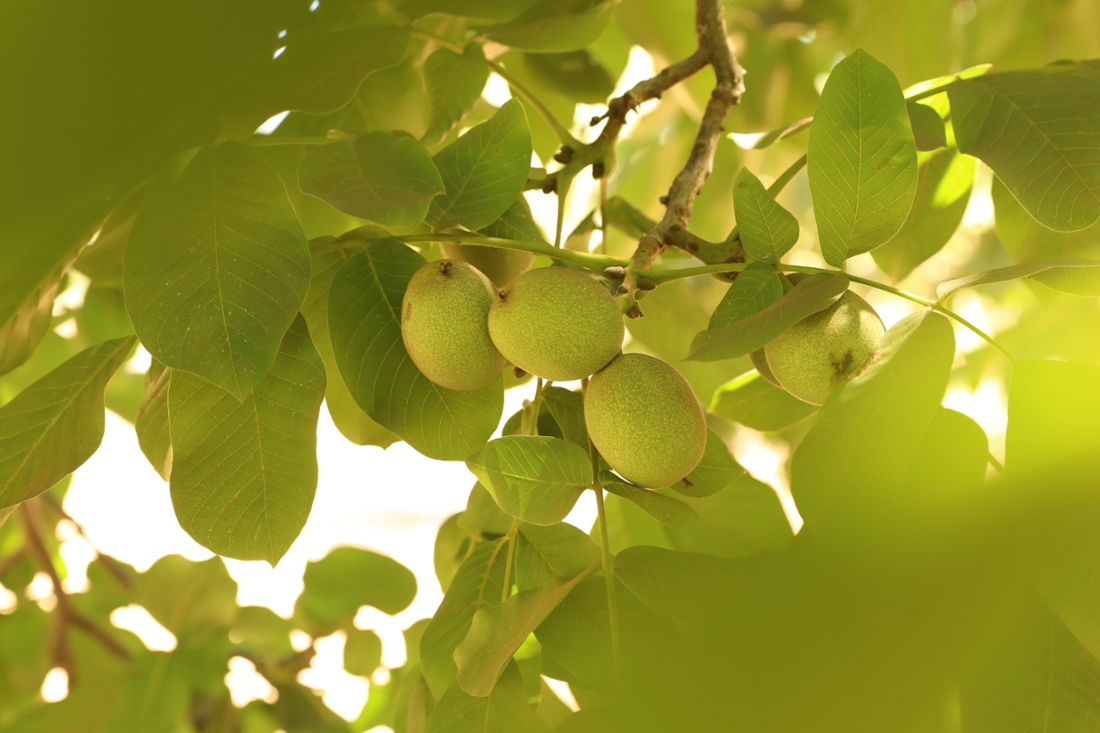
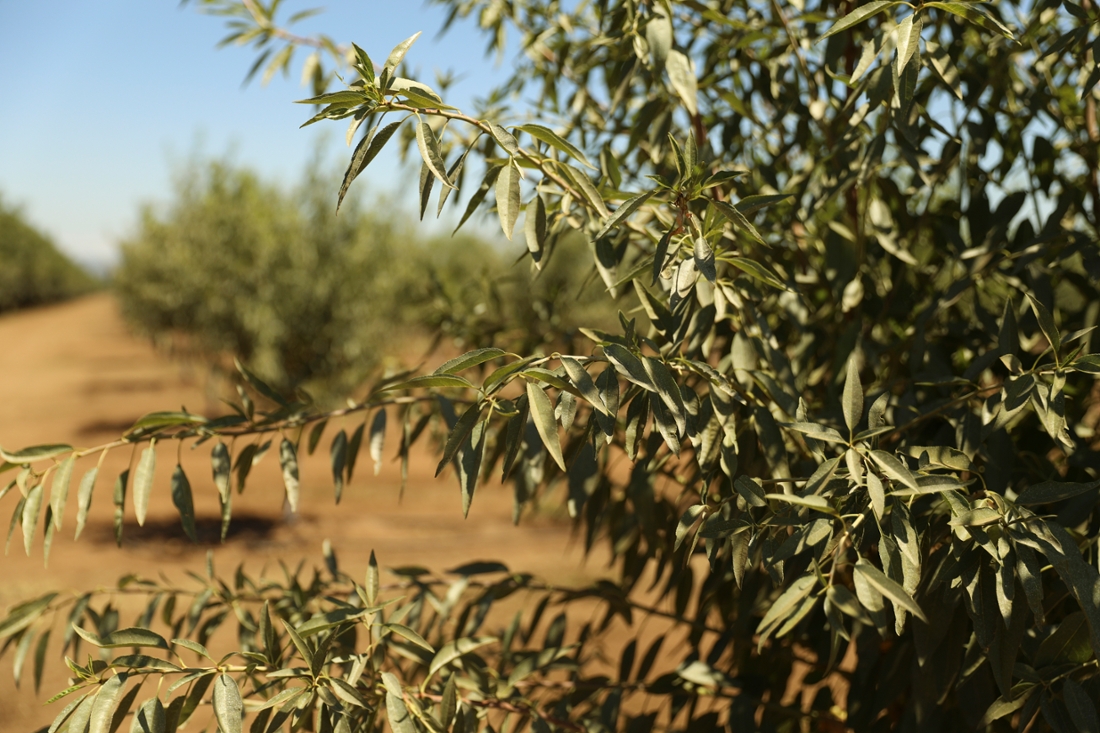
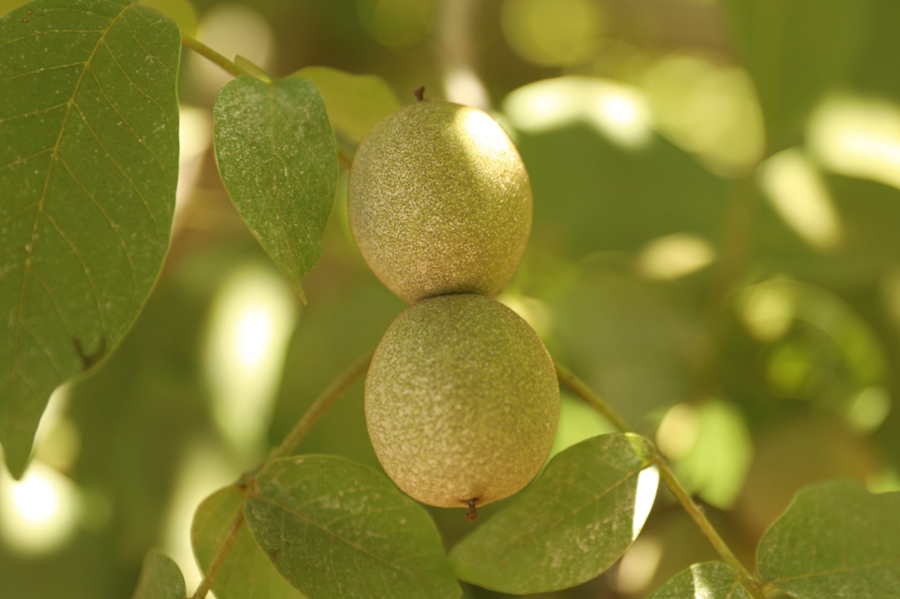
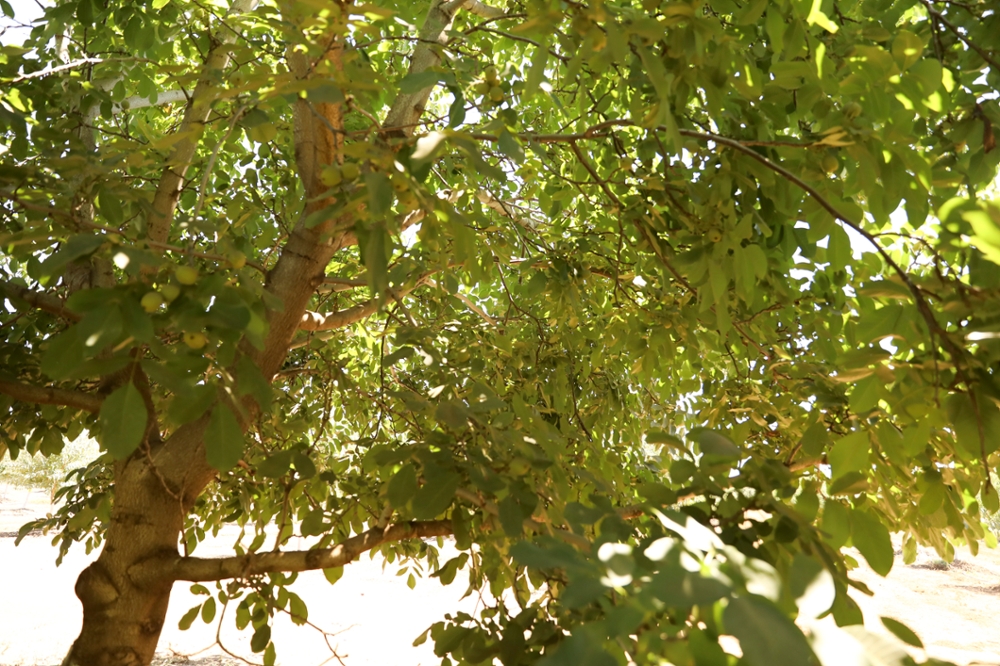
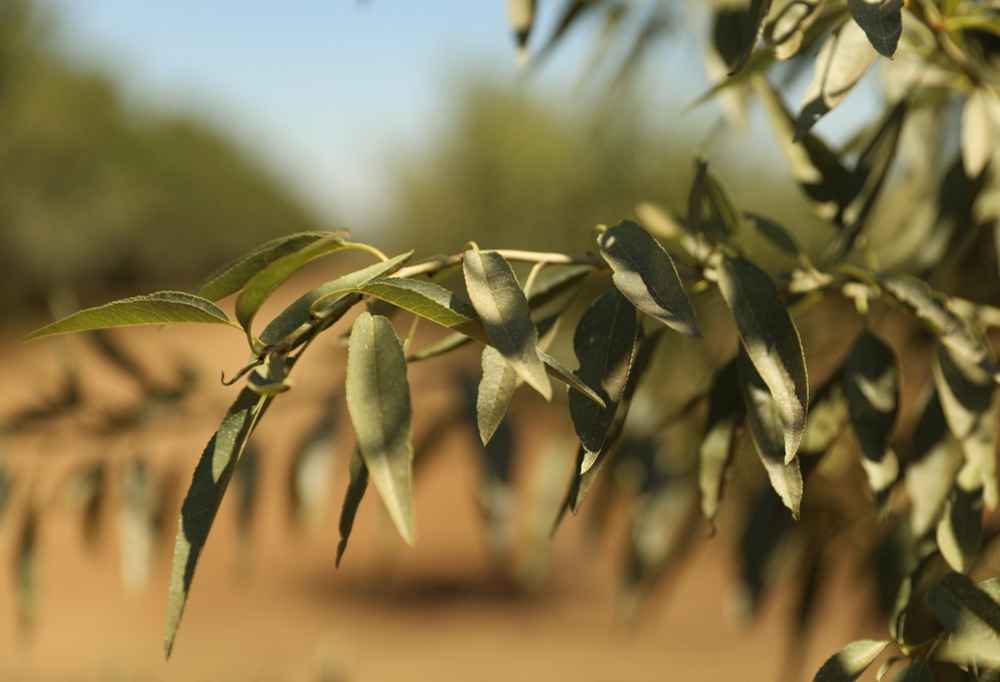
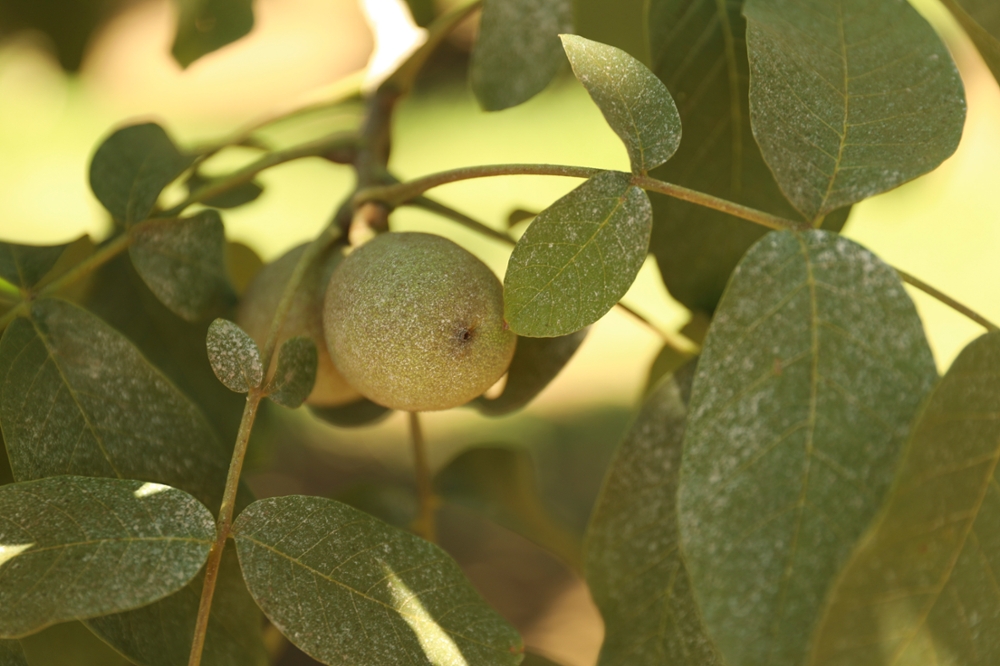
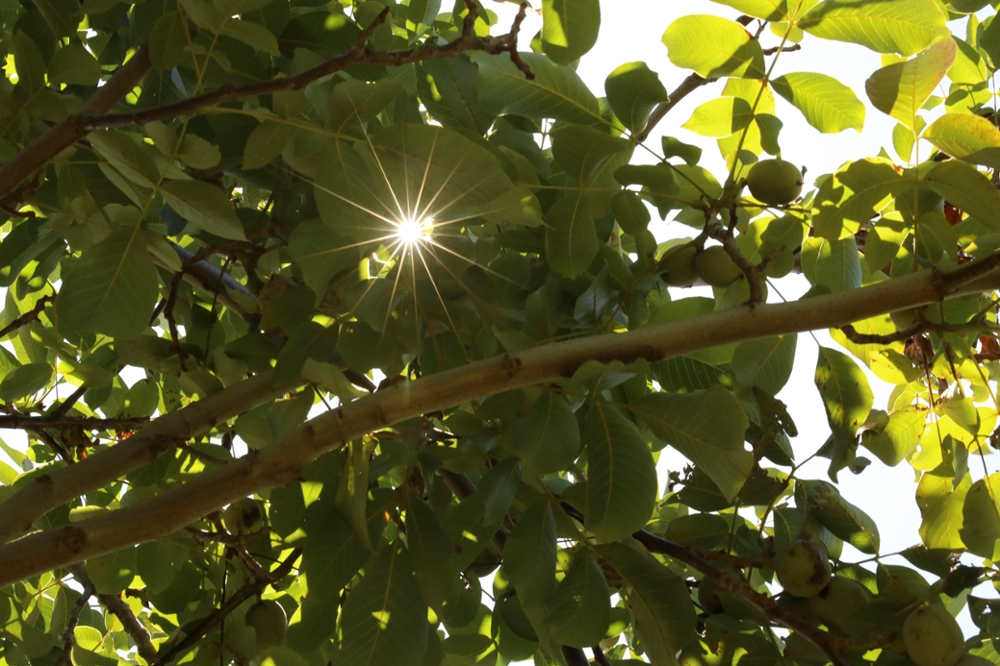
Rory Crowley, Chief Operations Manager at the Nicolaus Nut Company (now NicNut Farms(opens in new window)) in Chico, CA, calls himself a “pseudo on-the-ground researcher.” His wife’s family has been farming in Chico for 30 years but he married into the trade. They farm 700 acres of almonds and walnuts on four ranches, following the vision of seeing a world where agriculture serves the social, environmental and economic good. Crowley’s background was academic research oriented with a particular interest in history and philosophy. It’s an unusual choice for a future farmer, but today he says that serves him well because times have changed and pressures on farmers to adapt make his interest in experimentation a perfect fit. He’s created a number of test plots on the nut company’s Kittyhawk Ranch, their newest 275 acre property. Because it has everything from 2 year old to 15 year old trees and a variety of soils, it provides a good demonstration site for experimentation in regards to cover crops, soil health, and water efficiency.
Field Research on Cover Crops
Crowley has been putting quite some effort into adding cover crops to the orchards. He first became interested in it as an approach for supporting bee health, something that is critical to almond production. He also was aware of data from the midwest on the benefit of cover crops for soil health, but the research is just beginning on whether it would work the same way in California with perennial specialty crops like tree nuts. Crowley wanted to find out how a cover crop would affect the whole health of the ecosystem in an orchard, but the factor that pushed him into action was discovering that certain cover crops might have an effect on nematodes.
California is wanting farmers to transition away from conventional soil fumigants so four years ago, Nicolaus Nut Company was replacing a played-out 48-year-old orchard and decided to try a cover crop of mustard for its nematocidal effects before replanting. “We didn’t know what we were doing that first year,” Crowley relates. “But we planted it and we definitely did have a lot of bees in there.” They tilled it in and thought it worth continuing to experiment. Unfortunately, that first year they neglected to run any baseline tests. But before planting again they got some university research tests to help determine what the effects would be from that point on. Since then they have created four cover crop research areas. Some are studying nematodes, some nitrogen, some water. They are seeing the nematodes being reduced and believe the mustard varieties have been most effective. But, Crowley cautions that more research is needed because everything is very site specific. The soils on one part of the ranch are different than those further south.
Another key area for cover crop research on the ranch relates to water, both keeping it in the ground but also keeping the soil from washing or eroding away. There is a river on one side of the property that floods the whole ranch every year, causing quite a bit of soil displacement. Crowley estimates the ranch has been spending $10-20,000 dollars annually just to get the ground flat again for harvest. They found that using a cover crop to address this problem was one of its biggest benefits.
Of course, this then led to additional concerns. Plants need water to grow. Would a cover crop take too much water away from their normal crops? They are currently collaborating with Dr. Jeff Mitchell of UC Davis for an ongoing 2-year research project to find out. Crowley is cautious but quite optimistic about the preliminary results that show that with winter cover crops there has been much more water penetration into the ground, improved water-holding capacity, and, in general, there does not seem to be any inhibition of tree growth.
The Need for Cost-Benefit Analysis
Crowley likes to quote a friend who used to tell him: “To be green, you still have to make the green.” He wants researchers to collaborate with farmers more in terms of the economics of various regenerative and sustainability practices. And he cautions other farmers not to think that cover crops alone are a panacea. In some cases, he emphasizes that using cover crops should be thought of as a long-term investment, especially in terms of replacing the need for as much nitrogen fertilizer. But he feels that testing in a small area before diving in deep is essential because there are operational challenges that often have to be addressed. He’s working with researchers at Chico State to find out exactly how much fertilizer nitrogen-fixing cover crops could replace and when that nitrogen is going to be released. Timing is critical in his orchards so he wants to know the results of the research before investing too much. For him, economics is a key component of pursuing approaches to sustainability. Nicolaus Nut Company currently spends money on 150-250 lbs of ammonium sulfate in the fall for a full production orchard. If using cover crops could significantly reduce that cost without adding too many other costs it would make a big difference in their bottom line. That is why he is devoting space on Kittyhawk to find out.
The Importance of Technology for Water Efficiency
In drought-prone California, the public became deeply concerned about water use in the nut growing industry so significant efforts have been made to address this. Crowley says that in the last 30-40 years, nut growers as a whole have become 33% more efficient with their water usage because of innovations in irrigation. On the Nicolaus Nut ranches, they’ve made numerous changes over the years. Most recently they have been investing in variable rate irrigation. This requires doing a a highly technical analysis of the soil in the orchards before planting. Crowley explains that in just one 50-100 acre block of land they could have 5-15 different types of soils. Lighter sandier soils take water in quicker and dry down quicker; heavier clay soil takes water in slower and keeps it longer. Irrigating the old way meant some parts of the orchard received more water than it could use. But by understanding what kind of soil conditions exist in various parts of a property it is possible to set up systems more specifically calibrated to the different needs of different sections of the orchard. On their ranches Nicolaus Nut created three different irrigation types for three general types of soil. They’re seeing their trees doing very well with this approach and it helps their water use be more efficient. It cost time and money upfront to do the analysis and set up the systems but Crowley believes they’ll get all that money back and more.
More Innovation and Combined Approaches Lead the Way
Rory Crowley is quite excited about combining new approaches in a 2nd year orchard that has not been fumigated chemically. “That’s a big deal to us,” he says, “because for 30 years of our existence farming in the north state, we’ve chemically fumigated all the orchards.” It seemed essential to do this because they had high levels of nematodes on the property that can inhibit tree growth. But for the last three years they’ve planted cover crops (starting the year before planting trees) and have been participating in a research study involving biosolarization(opens in new window). This is a type of bio-fumigation that uses irrigation and plant matter (in their case, chopped almond hulls and shells) covered with plastic sheeting to use solar energy to encourage microbe growth that makes the soil more acidic and toxic to nematodes. Nicolaus Nut Company did a 45 day study and at the end found no nematodes left in the soil that was treated. They also found that they had increased the organic matter in the tree rows in the treatment area 1.25 - 1.5%. ‘That is almost unheard of,” Crowley says. “It doesn’t sound like a lot but it is a heck of lot in the course of two months!”
Crowley feels that this is a critical story that has to be told. “Dirt is really where our primary asset is. It’s not in our tractor, it’s not in our trucks. The dirt is what’s important. . . Our motto is that if you put life into the ground, you’ll get life out.”
